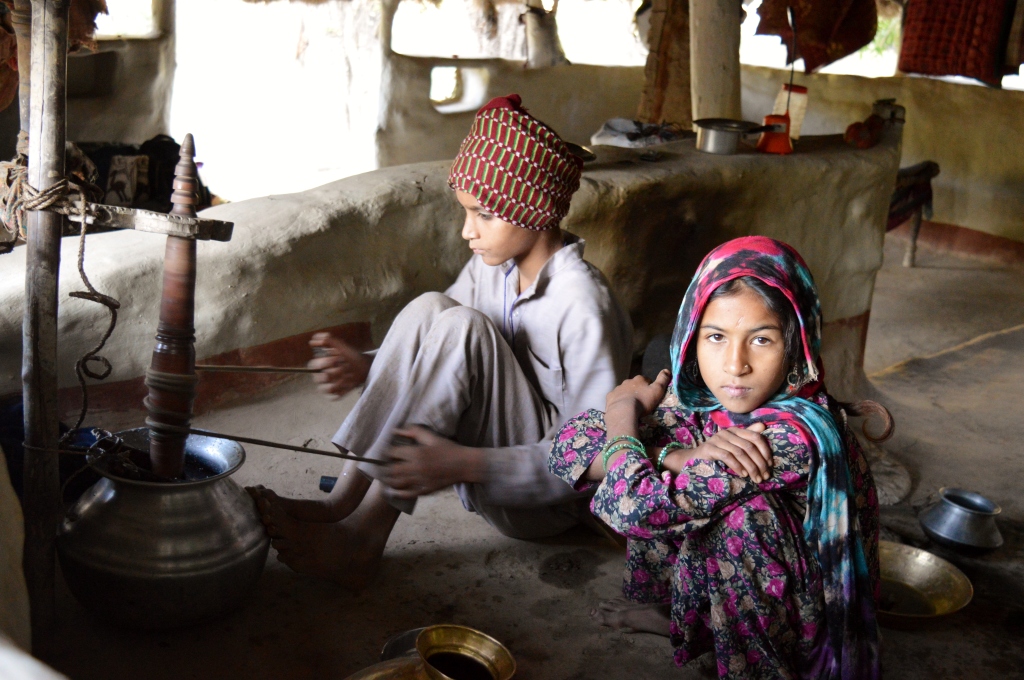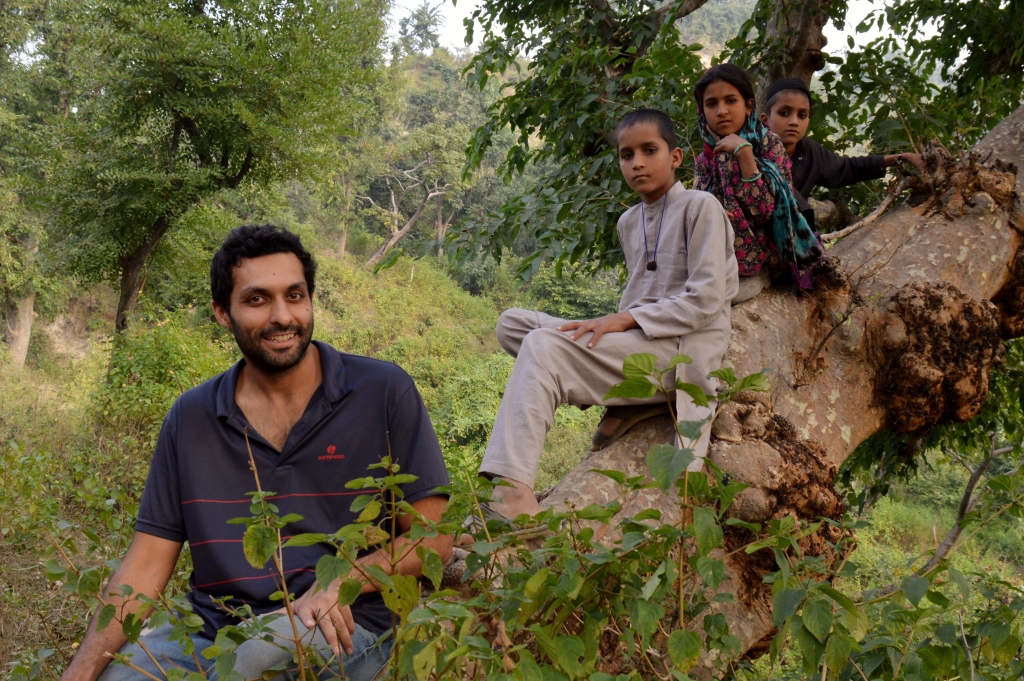When we think of nature reserves we often imagine areas protected from human influence and development. We consider humanity as an invasive species that only knows how to destroy its own ecosystem, yet there are communities worldwide who are integral elements of their environment, living in balance with nature.

The Van Gujjars, who live in what are now recognized as national park reserves in Northern India agree that wildlife and their habitats must be protected, but not from them. They have lived and migrated with their herds of water buffalo, on their traditional lands throughout the Himalayas for hundreds of years, but in the last few decades have been facing an exhausting battle with India’s forest department.
Safura is a mother, grandmother, and a leader of her community.
She represents the Van Gujjars in her area to government officials, speaking on their behalf to defend their legal rights. She is well respected and keeps things in motion. Safura says that she is only strict with her children about one thing; to be honest and not to bring harm to themselves, to others, or to their home.

The Van Gujjars live in huts built with natural materials from the forest. There are no doors so the air flows through keeping it cool and fresh. They have two entrances to each structure so that if a wild animal happens to come in then it can leave through the other entrance without panicking and becoming trapped.
The Van Gujjar homes are open as are their hearts.
They are extremely hard working, hospitable and kind people who rely faithfully on their family and community. With the many challenges that come with living in the forest, they are always looking out for each other, young and old. If someone falls ill then they are all there to help.

They are careful to only take what they need from the forest, and act as a deterrent to wildlife poachers. Many have endearing stories of times when they have had to help a wild animal in distress, and when they find an injured animal they alert the park officials.

When international environmental and wildlife conservation is being funded, we must be mindful to include the people who traditionally cultivate and nurture that land. The people who have a mutual understanding with the wildlife and live symbiotically with the land and water, needn’t become “conservation refugees”.

As tourists visiting wildlife reserves it is essential that we begin to open our minds to seeing humans as part of the beautiful bio-diversity, and let the parks know that we want their rights and livelihoods protected too.
The Van Gujjars are a vital part of the forest.

Securing their rights and learning from their way of life will benefit humanity as well as our planet.

“We were taught that we should always welcome people with open arms and an open heart, and we believe in the thought that giving and taking is a natural law of life.”
– Safura (Himalayas, India)
